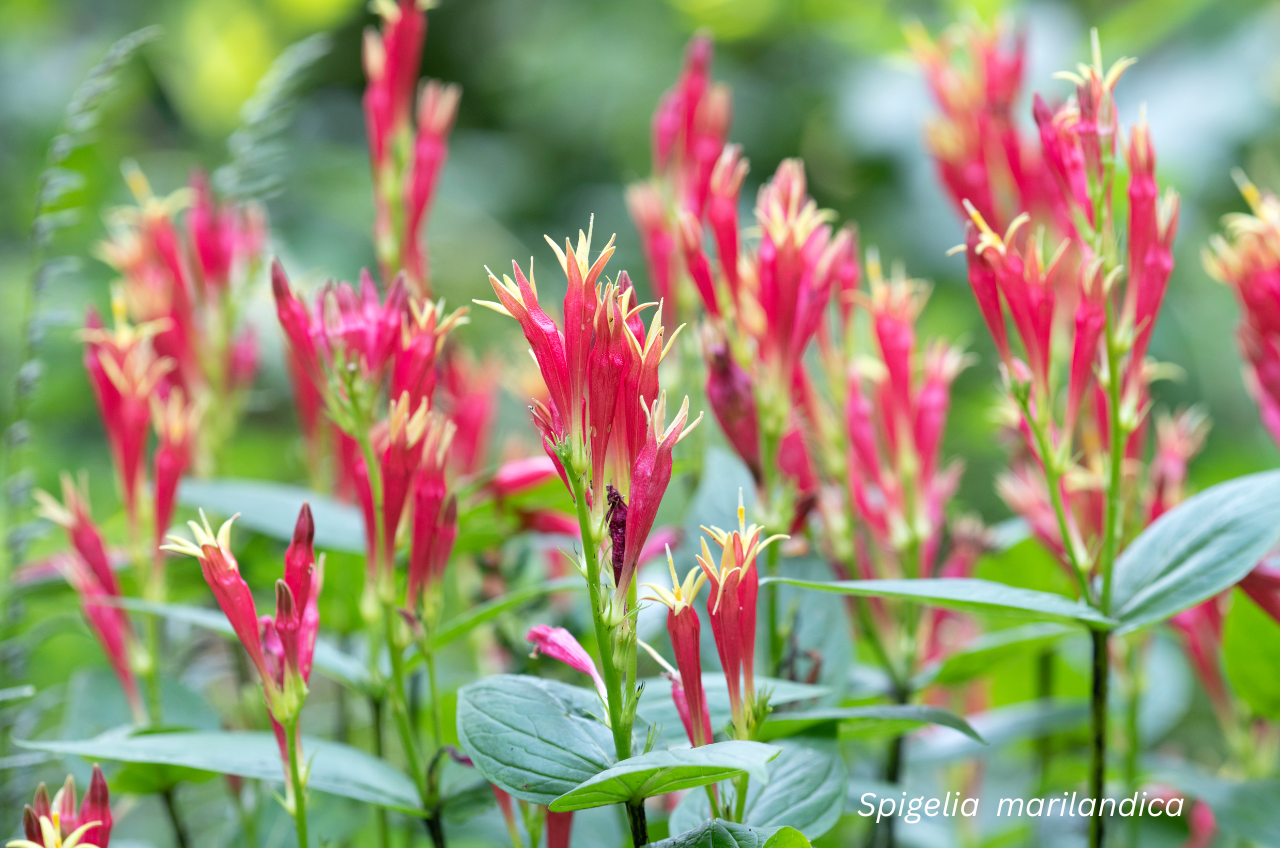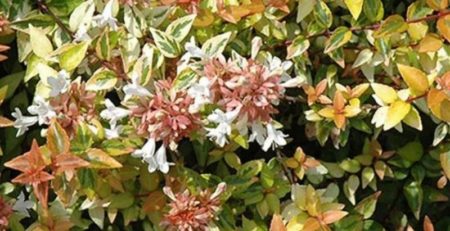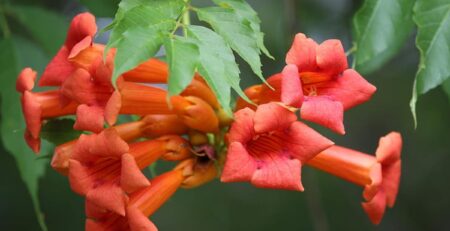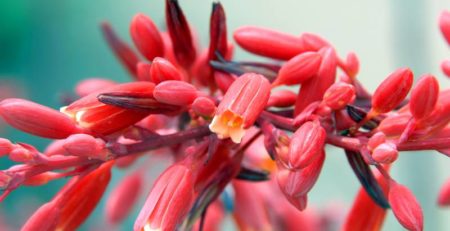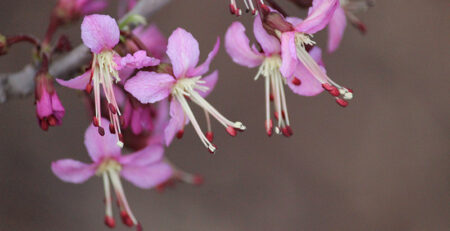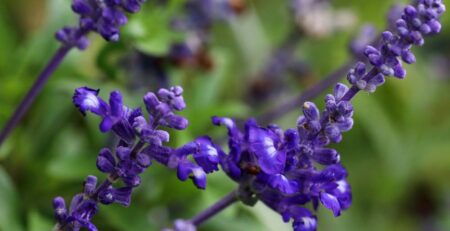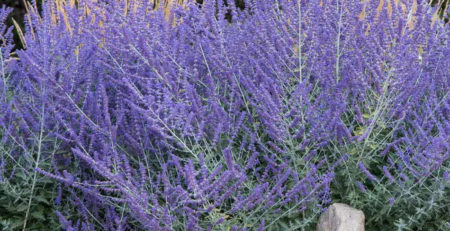Spigelia marilandica, Indian Pink
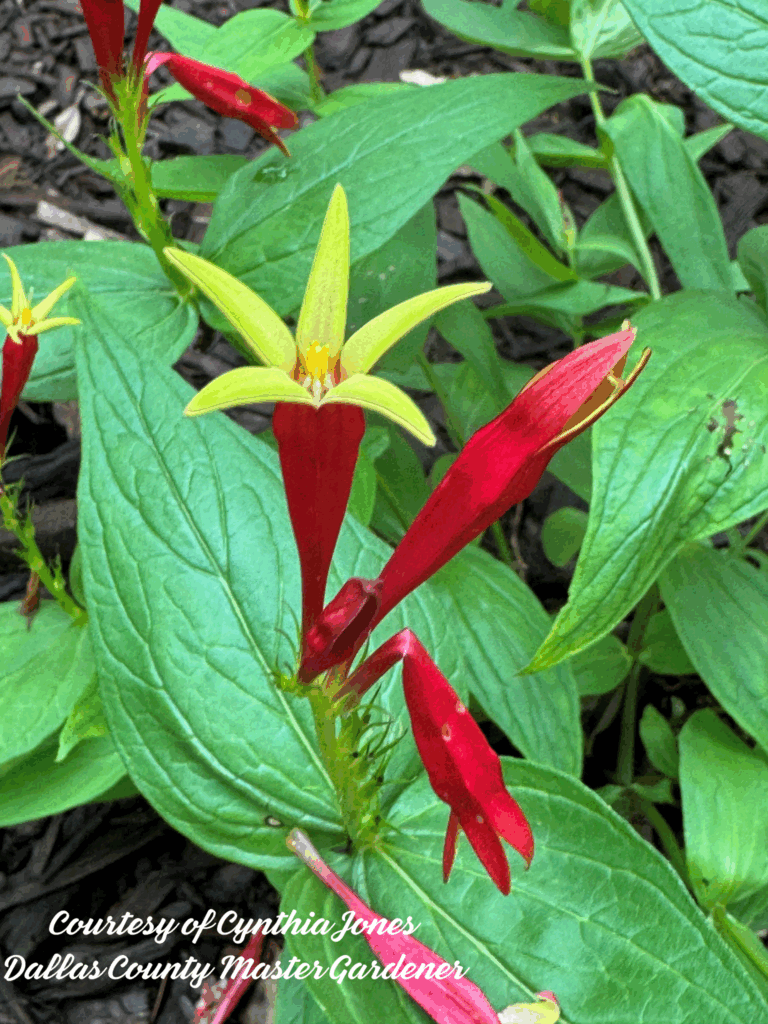
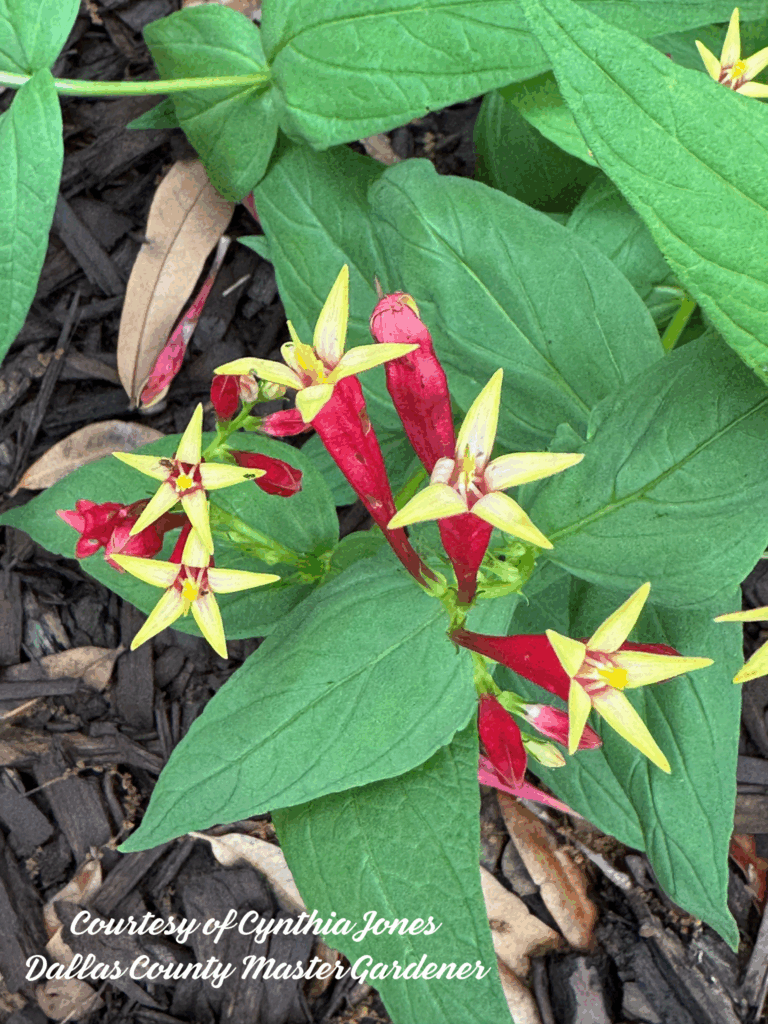
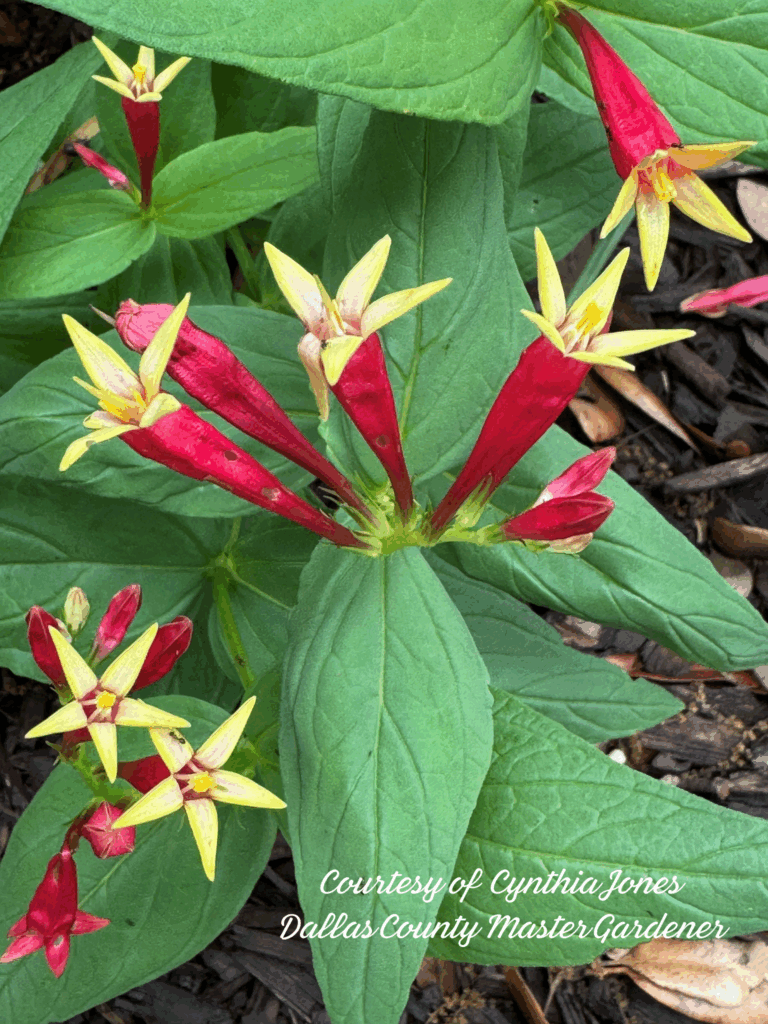
Botanical Name: Spigelia marilandica
Common Name: Indian Pink, Woodland Pinkroot, American Pink
Synonyms:
Category: Perennial
Family: Loganiaceae
Lifecycle: Perennial
Lifecycle (Alt): Annual
USDA Symbol: SPMA2
Hardiness Zone North: 5A
Hardiness Zone South: 9B
Sun Requirement: Full Sun (6+ hours)
Sun Requirement (Alt): Partial Shade (2-4 hours)
Water Requirement: Medium
Growth Rate: Moderate
Maintenance: Low
Plant Adult Height: 1-2 ft
Plant Adult Spread: 1-1.5 ft
Plant Spacing: 1-1.5 ft
Soil Preference: Adaptable
Soil pH Preference: Slightly Acidic (6.1-6.5)
Propagation: Division, Root Cutting, Seed
Attracts: Bees, Butterflies, Hummingbirds
Resists: None
Tolerates: Freeze, Clay Soil, Heavy Shade, Heat
Miscellaneous: Poisonous to Humans, Toxic to Pets & Animals, Tolerates Poor Soil, Wildflower, Native Plant
Description: Indian Pink, scientifically known as Spigelia marilandica, is a herbaceous perennial native to North America. It is recognized for its striking red tubular flowers with yellow throats, which bloom primarily in late spring to early summer. These flowers are known to attract pollinators, especially hummingbirds, due to their color and shape. Indian Pink prefers partial shade but can tolerate full sun with adequate moisture. The plant thrives in rich, well-drained soil and benefits from regular watering, although it is somewhat drought-tolerant once established. This plant is often used in woodland gardens, shaded borders, and naturalized settings due to its ornamental value and adaptability to various soil types. Indian Pink is generally resistant to most pests and diseases, making it a low-maintenance addition to gardens. It has no known invasive tendencies, offering an environmentally friendly choice for garden diversity. The plant is not known for being deer-resistant, so appropriate measures might be needed to deter browsing in areas with high deer populations. While Indian Pink is not considered toxic to humans, caution is advised as many plants in the Loganiaceae family contain alkaloids with potential toxicity if ingested in large quantities. Indian Pink is distinguished from other species in its family by its unique flower structure and vibrant coloration. There are no specific cultivars widely recognized for this plant, emphasizing its natural form and heritage. Indian Pink serves as an excellent choice for gardeners seeking to enhance native plant representation while supporting local wildlife such as pollinators. Its distinctive blooms not only add visual interest but also contribute to the ecological health of garden spaces, making it a valuable plant for both aesthetic and environmental purposes.
Propagation & Planting: To plant Indian Pink, choose a location with partial shade and moist, well-drained soil. Begin by preparing the garden bed, tilling the soil to a depth of about 12 inches and removing any weeds or debris. Incorporate organic matter, such as compost, into the soil to improve fertility and drainage. Dig planting holes about 12 inches apart, ensuring they are wide and deep enough to accommodate the plant’s root ball. Place the plant into the hole so that the top of the root ball is level with the surrounding soil. Backfill with soil and water thoroughly to eliminate air pockets. For propagation, use division or seed methods. To divide, do so in early spring by carefully lifting established plants and separating the root clumps, ensuring each division has healthy roots and shoots. Replant immediately, following the same planting procedure. For seed propagation, collect seeds from mature plants once the pods are dry and brown. Directly sow the seeds in prepared soil in the fall, lightly covering them with soil and watering gently. This allows the seeds to stratify naturally over winter, improving germination rates. Ensure consistent moisture for successful establishment.
Plant Care: Indian Pink is a striking perennial that thrives in partial shade to full shade conditions, making it suitable for woodland garden settings. Plant Indian Pink in well-drained, fertile soil with consistent moisture. It’s crucial to avoid waterlogged conditions, which can harm the roots. Apply a layer of mulch to retain soil moisture and regulate temperature. During the growing season, water regularly, ensuring the soil remains evenly moist but not soggy. In periods of drought, increase watering frequency to prevent stress. Although Indian Pink generally requires little fertilization, applying a balanced, slow-release fertilizer in early spring can promote healthy growth and vibrant blooms. Deadhead spent flowers to encourage continuous blooming and maintain a tidy appearance. At the end of the flowering season, you can leave the foliage to die back naturally, as it can provide winter interest and protection. Divide the clumps every few years in early spring to maintain vigor and increase your plant collection. Watch for common pests like slugs and take appropriate measures to control them. With these care practices, Indian Pink will add a touch of vivid color to shaded areas of your garden.
Fertilize: Indian Pink generally thrives without the need for heavy fertilization. This plant is adapted to grow in a woodland setting where organic matter from decaying leaves enriches the soil naturally. If soil fertility is poor or to boost growth, apply a balanced, slow-release granular fertilizer with an NPK ratio of 10-10-10 in early spring as new growth emerges. Scatter the fertilizer evenly around the base of the plant, avoiding direct contact with the foliage, and water it in thoroughly. Limit fertilization to once a year, as excessive nutrients can lead to poor flowering and may harm the plant. Indian Pink benefits most from growing in well-drained soils rich in organic matter, such as mulch or compost, rather than reliance on synthetic fertilizers.
Prune: Pruning Indian Pink, a vibrant perennial, requires care to ensure its health and blooming potential. The best time to prune Indian Pink is in early spring, after the last frost, when new growth begins to emerge. This is when you should remove any dead or damaged stems to encourage fresh growth. Light deadheading of spent flowers during the blooming season can promote additional flowering, but avoid heavy pruning during this time to prevent stress on the plant. It’s important not to prune in late fall or winter, as the plant requires its foliage for energy storage and protection against the cold. Always use clean, sharp pruning tools to make cuts at a node or just above a healthy bud. By following these guidelines, Indian Pink can maintain its vibrancy and return robustly each growing season.
Pest & Disease: Indian Pink can be subject to a few pests and diseases. Common pests include aphids and spider mites, which can be identified by discolored and distorted leaves. A horticultural soap or neem oil spray can help manage these infestations. Scale insects may also appear, leaving behind a sticky residue known as honeydew, often leading to sooty mold. Manual removal with a soft brush or the application of insecticidal soap can be effective for scale control. Regarding diseases, root rot is a significant concern, often caused by poor drainage or overwatering. Ensure proper soil drainage and water the plant only when necessary to prevent this issue. Powdery mildew may also occur, visible as a white powdery coating on the leaves. Improve airflow around the plant and avoid overhead watering to reduce the risk of powdery mildew. Fungicidal treatments may be applied if necessary for severe infections. Regular monitoring and maintaining healthy growing conditions will help minimize these pest and disease issues in Indian Pink.
Attribution: This plant information is the copyrighted property of PlantTAGG, Inc. (www.planttagg.com) and is published with permission.
Link to Full Profile: https://m.planttagg.com/#/public/details?key=5NP1PQSTMOPBTMC748W7LREBY0X

